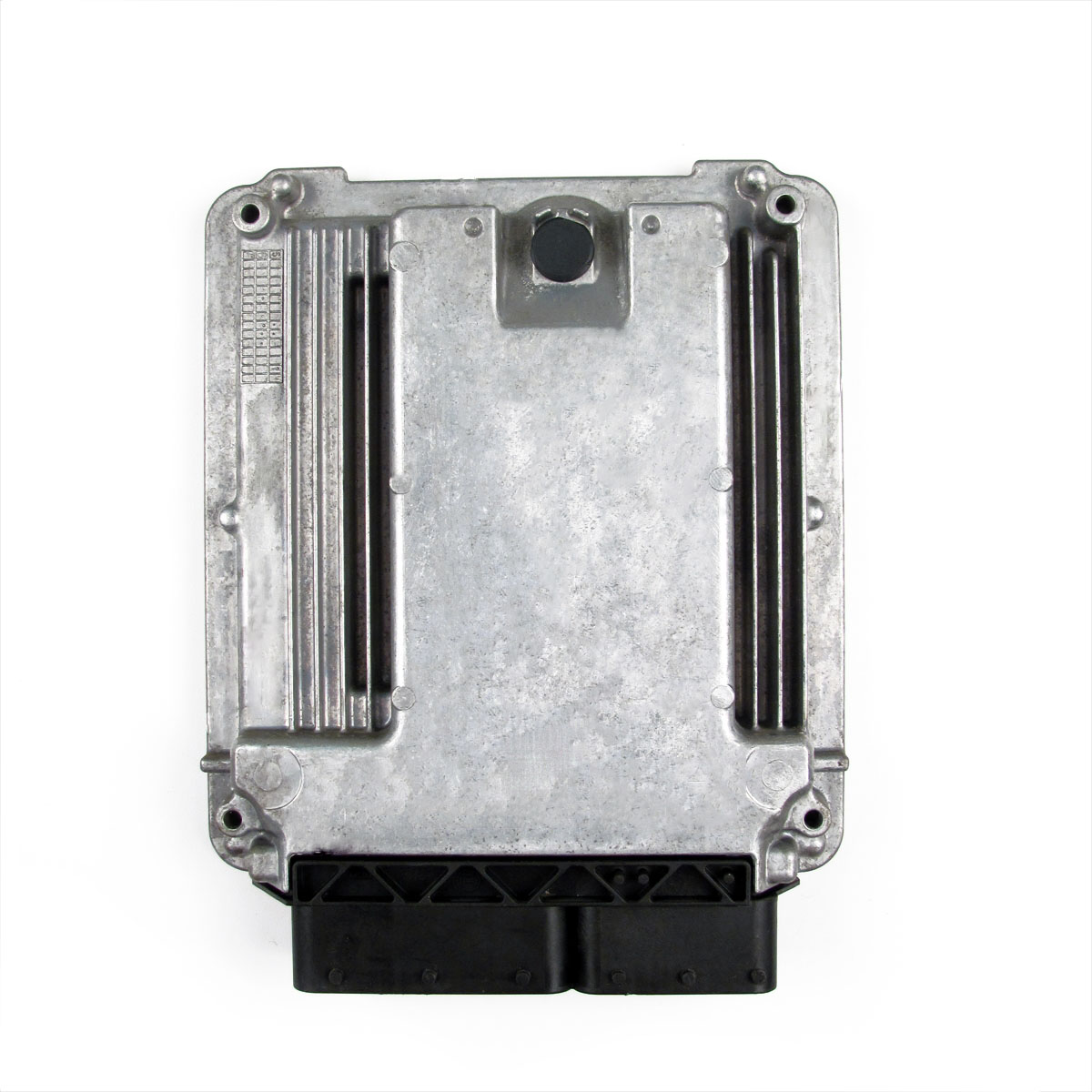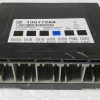Is Your GM 3.6L Vehicle Acting Up? It Could Be The ECM.
If you’re experiencing frustrating and unpredictable issues like engine stalling, a persistent check engine light, or a vehicle that simply refuses to start, the root cause might be a failing Engine Control Module (ECM). As the central computer of your vehicle’s powertrain, the ECM is responsible for managing everything from fuel mixture and ignition timing to transmission shifts and emissions controls. When it begins to fail, it can create a cascade of problems that are often difficult to diagnose, leading to wasted time and money on unnecessary repairs.
This replacement ECM, part number 12635019, is the definitive solution for a wide range of 2010-2011 General Motors vehicles equipped with the 3.6L V6 engine. We take the guesswork out of the repair by pre-programming the module to your vehicle’s specific Vehicle Identification Number (VIN). This ensures that all factory settings, software, and operational parameters are perfectly matched to your car, providing a seamless and effective repair.
From the Diagnostic Bay
We had a 2011 GMC Acadia come into the shop with a complaint of intermittent stalling at stoplights. The customer had already replaced the spark plugs and a coil pack with no success. Our scan tool showed a loss of communication with the ECM (U0100 code) that would only appear randomly. After verifying the wiring harness and power/ground connections to the module were solid, we suspected an internal ECM failure. We installed a VIN-programmed module just like this one, performed the required security relearn, and the stalling issue was completely resolved. It’s a classic example of how a failing computer can mimic mechanical problems.
Common Symptoms of a Failing 2010 Outlook ECM
A faulty engine computer can manifest in numerous ways. If your vehicle is exhibiting any of the following symptoms, a failing ECM is a likely culprit. Look out for:
- ✔ Check Engine Light: The light may be on constantly or intermittently, often with communication error codes (like U-codes) or processor fault codes (like P0601, P0606).
- ✔ Engine Performance Issues: You may notice rough idling, engine misfires, hesitation during acceleration, or a significant drop in power.
- ✔ No-Start or Hard-Start: The engine may crank but fail to start, or it may take an unusually long time to fire up, either hot or cold.
- ✔ Poor Fuel Economy: An improperly functioning ECM can’t efficiently manage the engine’s fuel delivery, leading to a noticeable decrease in MPG.
- ✔ Erratic Transmission Behavior: The ECM works with the Transmission Control Module (TCM). A faulty ECM can cause harsh shifting, delayed engagement, or getting stuck in one gear.
- ✔ Unexplained Electrical Issues: Problems like cooling fans not turning on or running constantly can sometimes be traced back to the ECM.
The Right Part, Programmed Correctly
Don’t settle for a generic, non-programmed module from a salvage yard that will cause more headaches. Our process is simple and effective. Once you purchase this module, you provide us with your vehicle’s VIN. Our technicians then use official GM equipment to load the latest, most stable software calibration specific to your car. This ensures optimal performance, fuel efficiency, and emissions compliance. This is not just a replacement part; it’s a complete, ready-to-install solution for your vehicle’s electronic heart.
Guaranteed Compatibility
This module is a direct replacement for part number 12635019 and is also compatible with the following interchangeable part numbers: 19300015, 19300014, 12617230, and 12636355. It is confirmed to fit the following vehicles with the 3.6L engine:
- 2010-2011 Buick LaCrosse
- 2010 Buick Allure
- 2010-2011 Cadillac CTS
- 2010-2011 Cadillac STS
- 2010-2011 Chevrolet Camaro
- 2010-2011 Chevrolet Traverse
- 2010-2011 GMC Acadia
- 2010-2011 Buick Enclave
- 2010 Saturn Outlook
Important Note for Camaro & LaCrosse Owners: Due to the specific anti-theft systems in these two models, we require your original ECM to be sent to us. This allows us to extract the unique immobilizer data and transfer it to the new module, making the installation truly plug-and-play for you. We will provide clear instructions on this process after your purchase.
Frequently Asked Questions
Why do you need my VIN?
Your VIN (Vehicle Identification Number) is essential because it allows us to program the ECM with the exact software and calibrations your vehicle had when it left the factory. This ensures compatibility with your engine, transmission, and other onboard systems, preventing performance and communication issues.
Is this ECM ready to install when I receive it?
Yes, for most vehicles, it is. We pre-program it with your VIN so it’s ready for installation. However, after installation, you will likely need to perform a simple security relearn procedure (often called a CASE relearn or anti-theft relearn), which can typically be done without special tools. Instructions are widely available online for this process. For Camaro and Lacrosse models, we handle the security portion by transferring data from your old unit.
What tools are needed for installation?
Installation typically requires basic hand tools, such as a socket set, to disconnect the battery and unbolt the old ECM. The module is usually located in the engine bay (e.g., behind the fan shroud on Traverse/Acadia/Enclave/Outlook) and is accessible for a DIY-capable individual. Always disconnect the negative battery terminal before starting work.
How can I be certain my old ECM is the problem?
While the symptoms listed are strong indicators, the best way to be 100% certain is through professional diagnosis. A technician can check for specific diagnostic trouble codes (DTCs), verify power and ground at the ECM connector, and check for communication on the CAN bus network. If codes like P0601-P0606 are present, it’s a very strong sign of internal module failure.
Will this fix my check engine light?
If the check engine light is caused by a faulty ECM, then yes, this part will resolve the issue. However, if the light is on due to another failing component (like an oxygen sensor or catalytic converter), you will still need to address that separate issue. This module will correct any codes directly related to ECM processor or communication faults.


